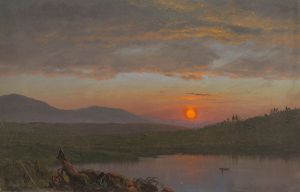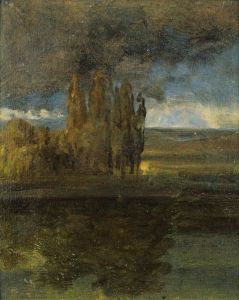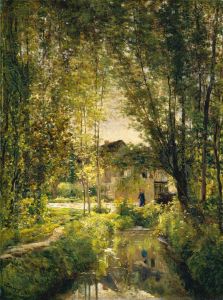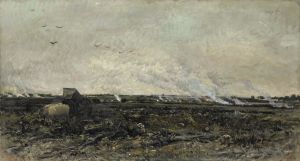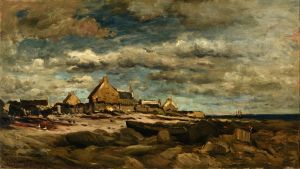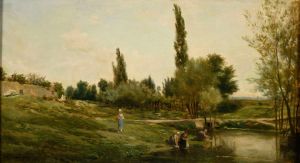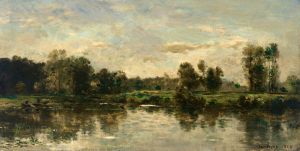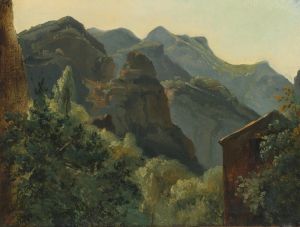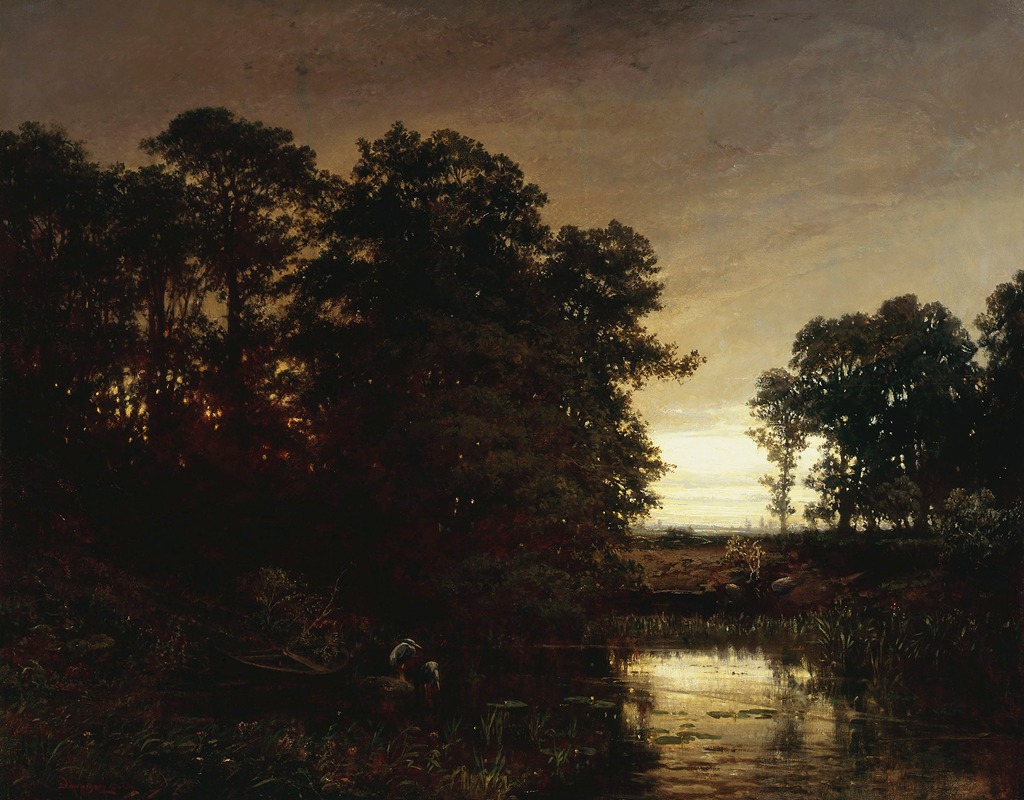
Waterside landscape
A hand-painted replica of Charles François Daubigny’s masterpiece Waterside landscape, meticulously crafted by professional artists to capture the true essence of the original. Each piece is created with museum-quality canvas and rare mineral pigments, carefully painted by experienced artists with delicate brushstrokes and rich, layered colors to perfectly recreate the texture of the original artwork. Unlike machine-printed reproductions, this hand-painted version brings the painting to life, infused with the artist’s emotions and skill in every stroke. Whether for personal collection or home decoration, it instantly elevates the artistic atmosphere of any space.
Charles François Daubigny was a prominent French landscape painter associated with the Barbizon School, a group of artists in the 19th century who sought to depict nature realistically and often worked en plein air (outdoors). One of his notable works, Waterside Landscape, exemplifies his mastery in capturing the serene beauty of rural and riverine scenes.
Daubigny was known for his innovative approach to landscape painting, often emphasizing the interplay of light, water, and vegetation. Waterside Landscape reflects these qualities, showcasing his ability to render tranquil, atmospheric settings with a naturalistic yet poetic sensibility. The painting likely depicts a riverside or a similar natural environment, a recurring theme in Daubigny’s oeuvre. His works often featured rivers, boats, and reflections on water, inspired by his travels along the Seine and Oise rivers in France.
Daubigny’s technique involved loose, fluid brushstrokes and a subtle use of color to convey the mood and texture of the landscape. This approach influenced later Impressionist painters, including Claude Monet and Camille Pissarro, who admired his work. While Waterside Landscape is not as widely discussed as some of Daubigny’s other paintings, it remains an example of his contribution to the evolution of landscape art in the 19th century.
The exact date of creation for Waterside Landscape is not specified in available records, but it is consistent with Daubigny’s mature style, which developed in the 1850s and 1860s. During this period, he frequently painted scenes of rural France, capturing the quiet beauty of the countryside with a focus on natural light and atmosphere.
Daubigny’s work, including Waterside Landscape, is housed in various museums and private collections worldwide. His paintings are celebrated for their influence on the transition from the Barbizon School to Impressionism, bridging the gap between traditional landscape painting and the more modern, experimental approaches of the late 19th century.
No further specific details about Waterside Landscape are available, such as its current location or dimensions. However, the painting remains a testament to Daubigny’s skill and his enduring legacy in the history of art.








